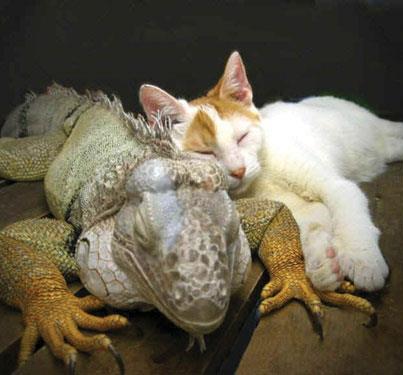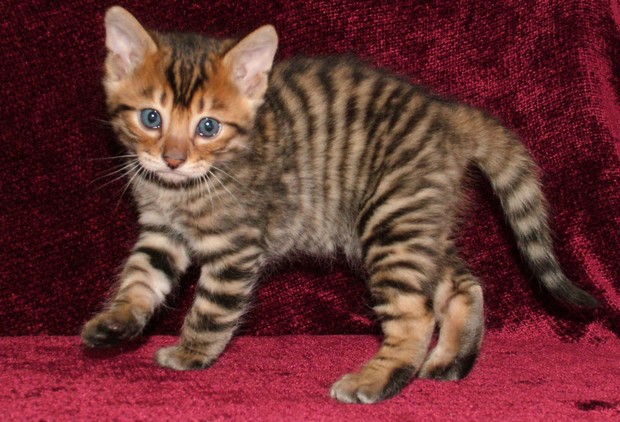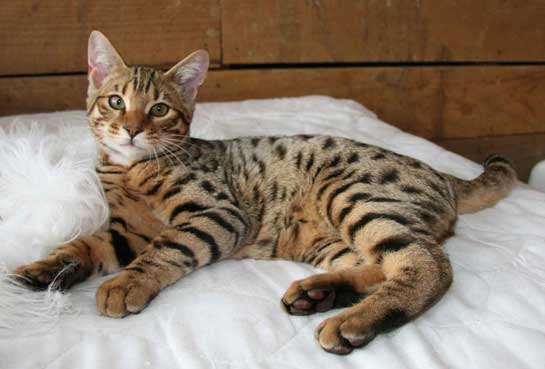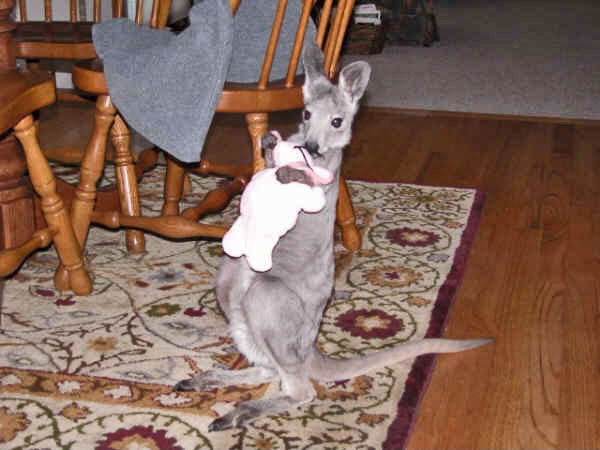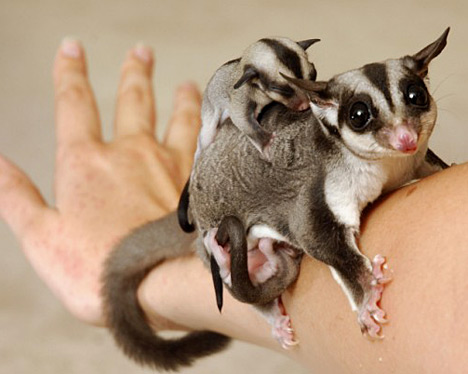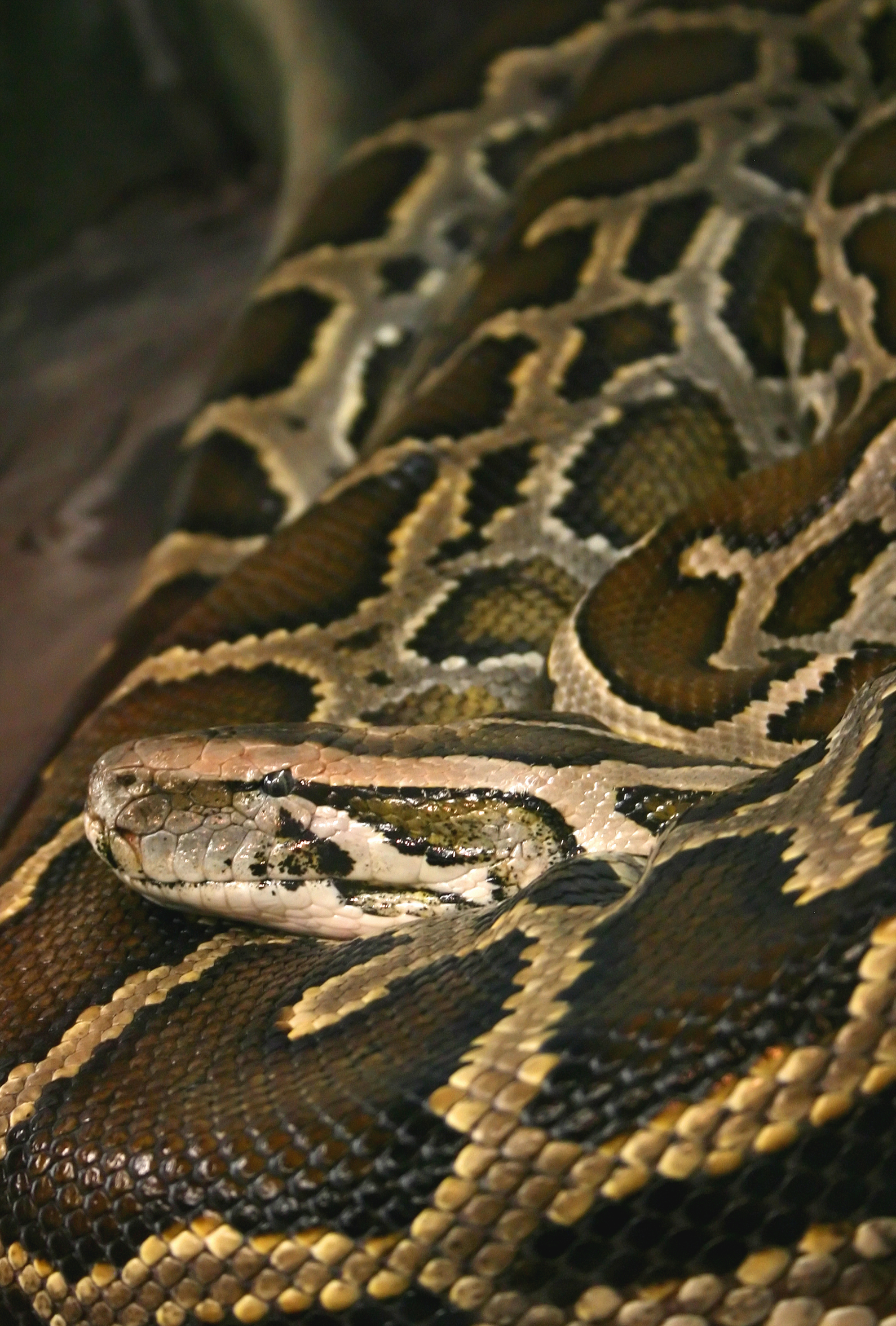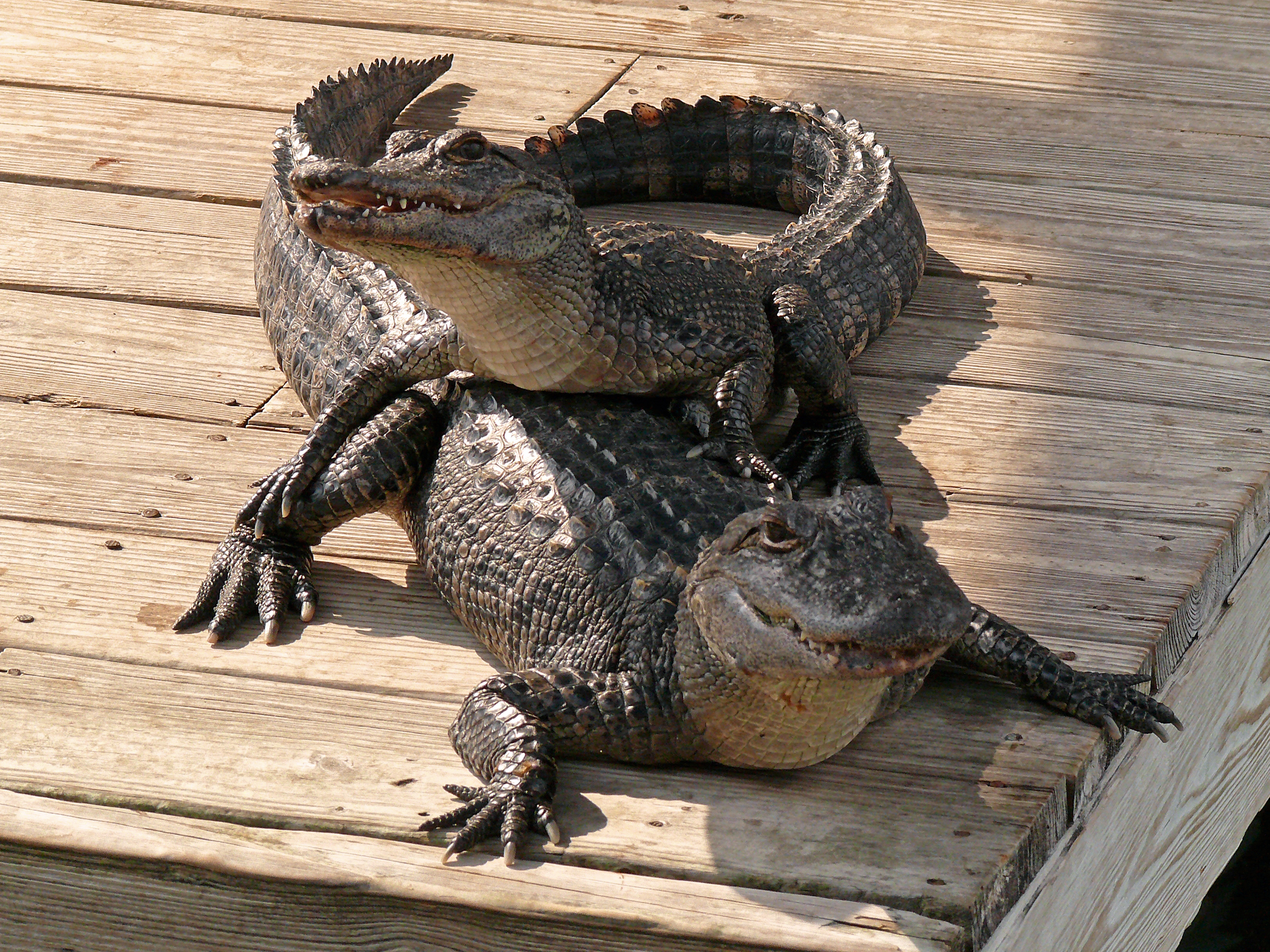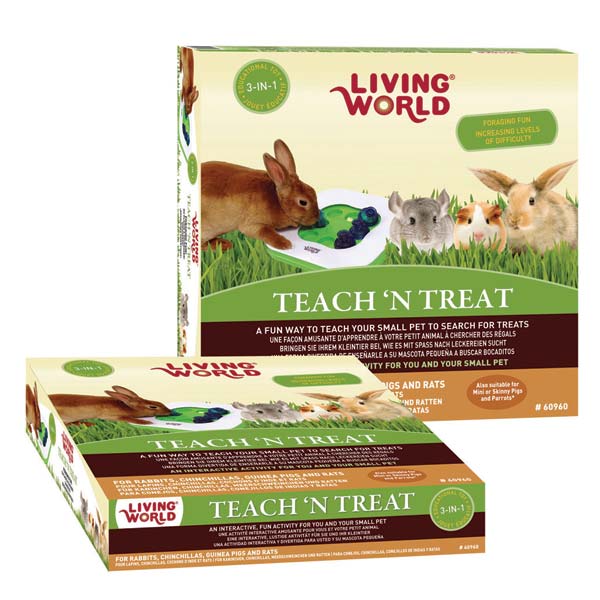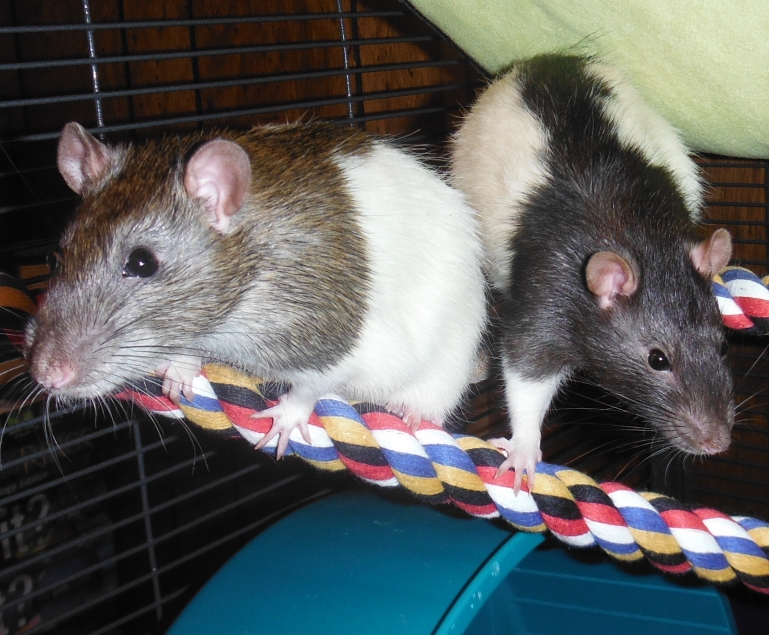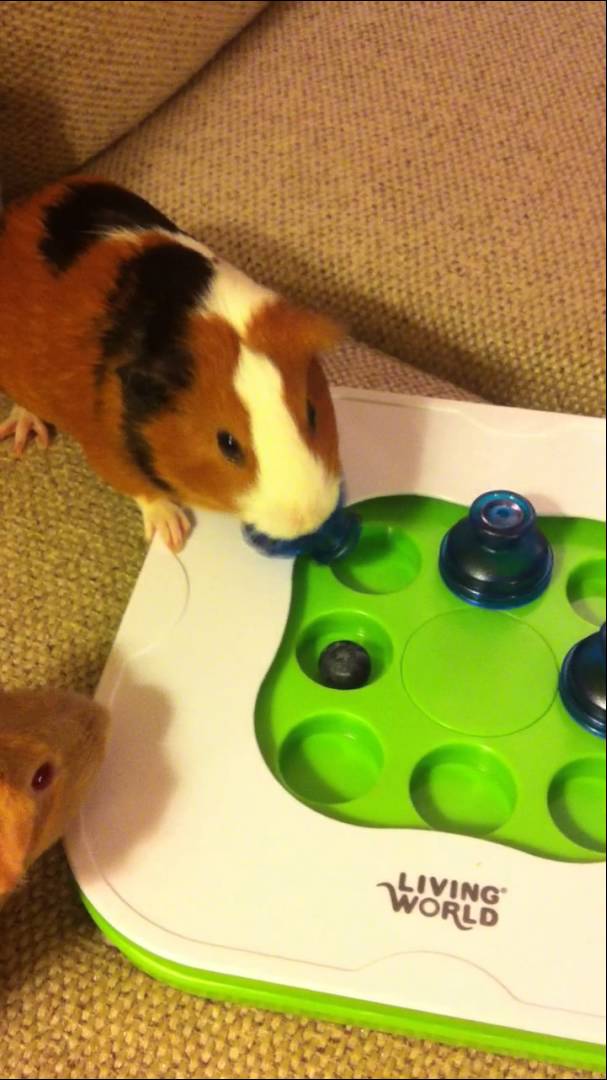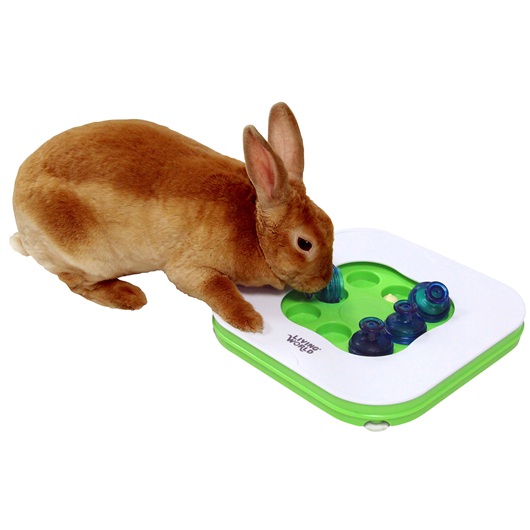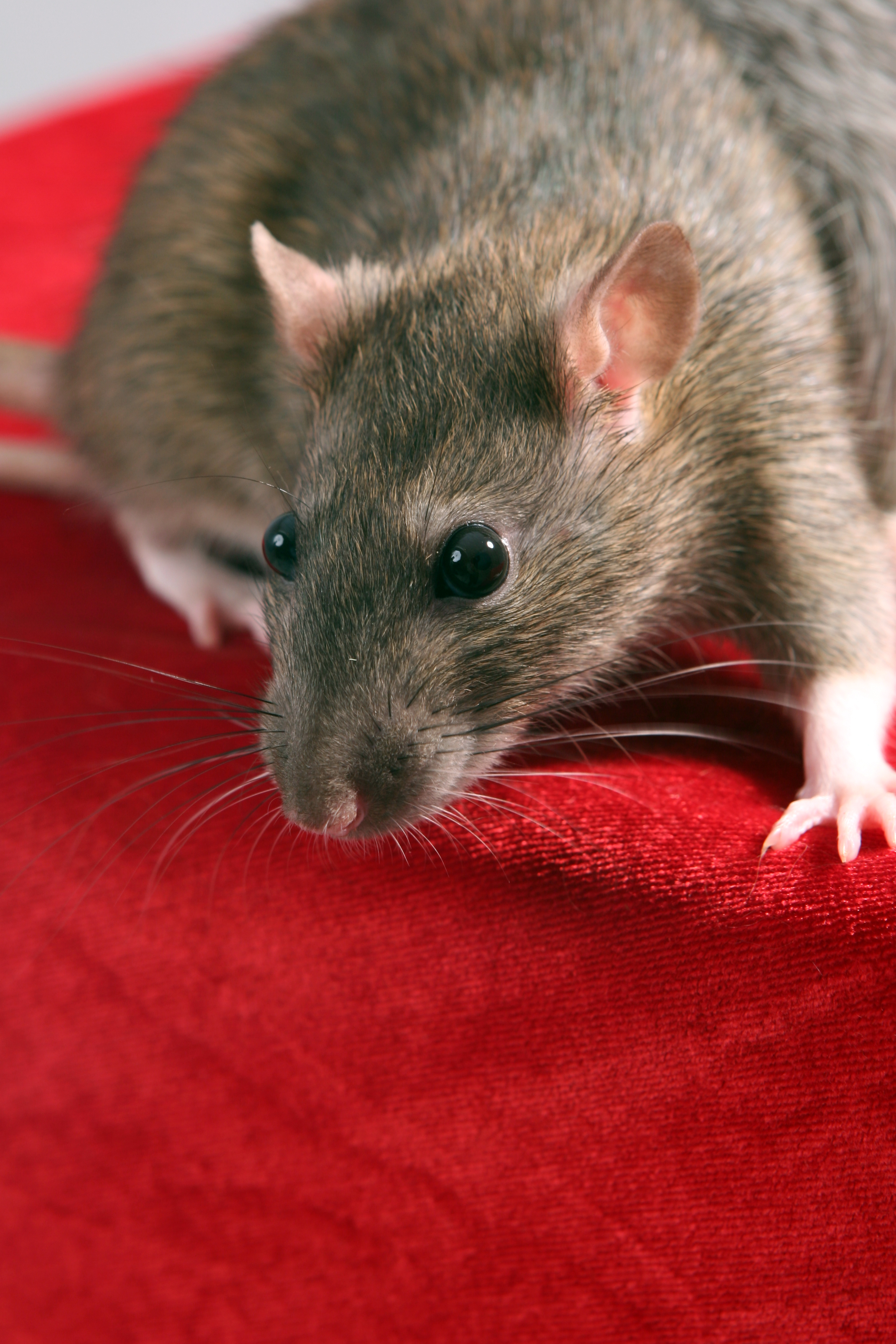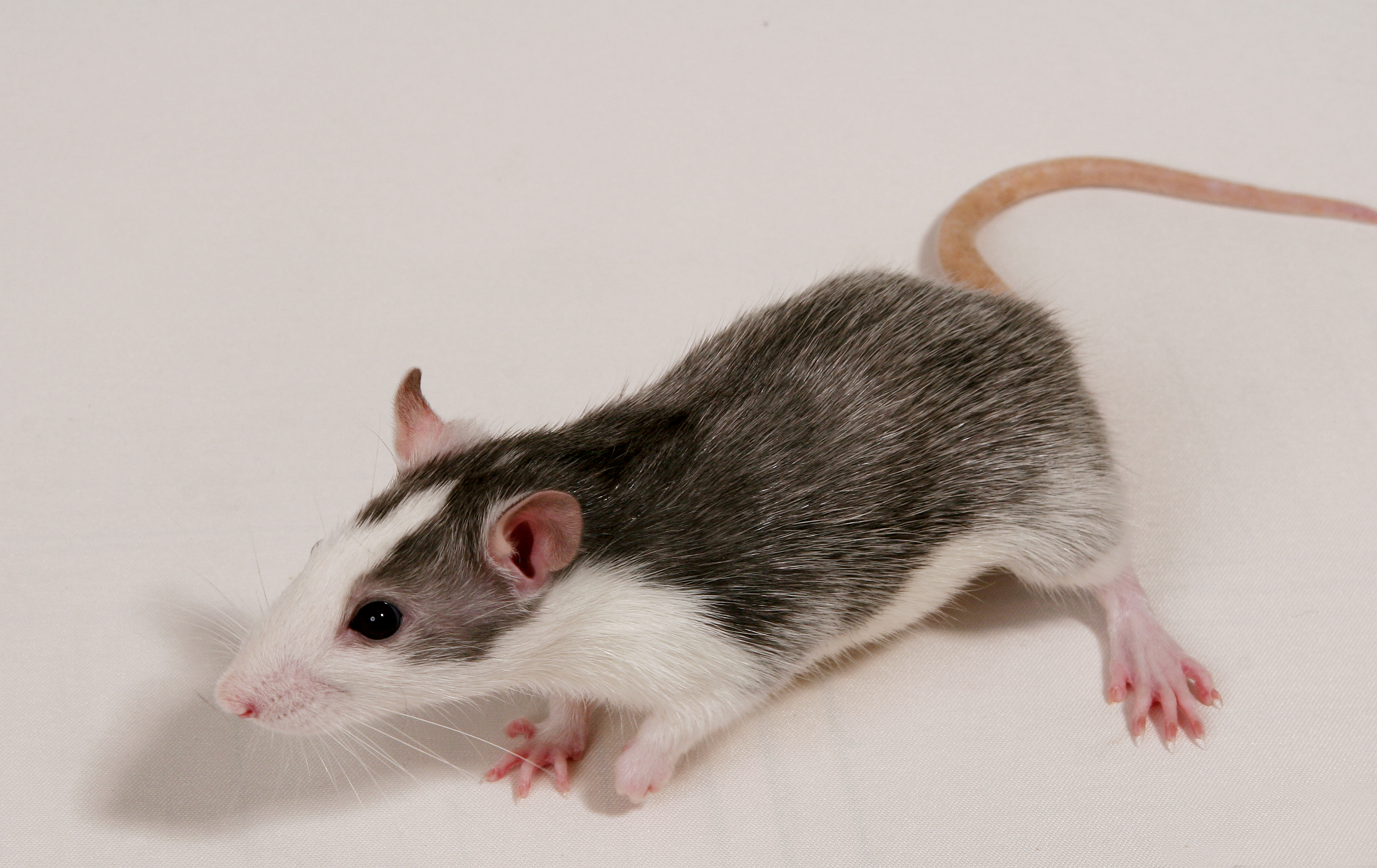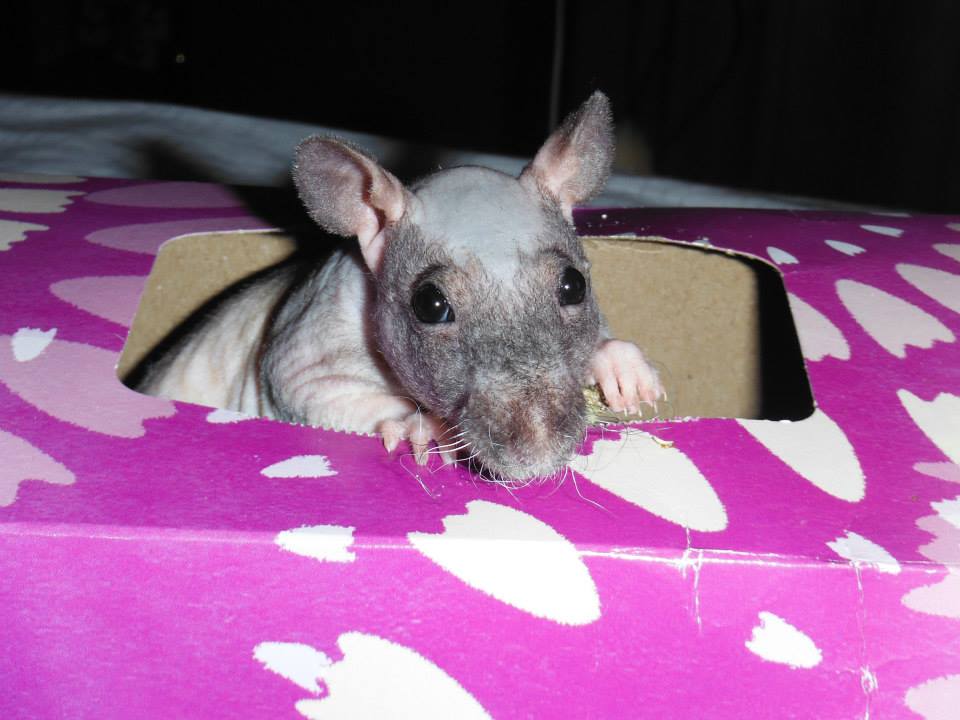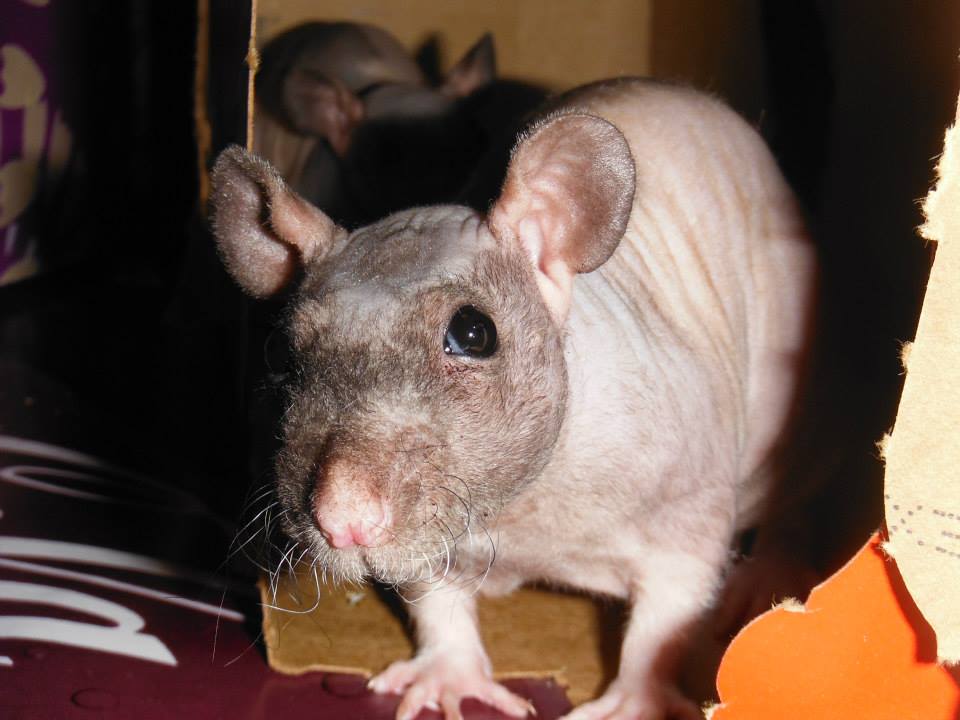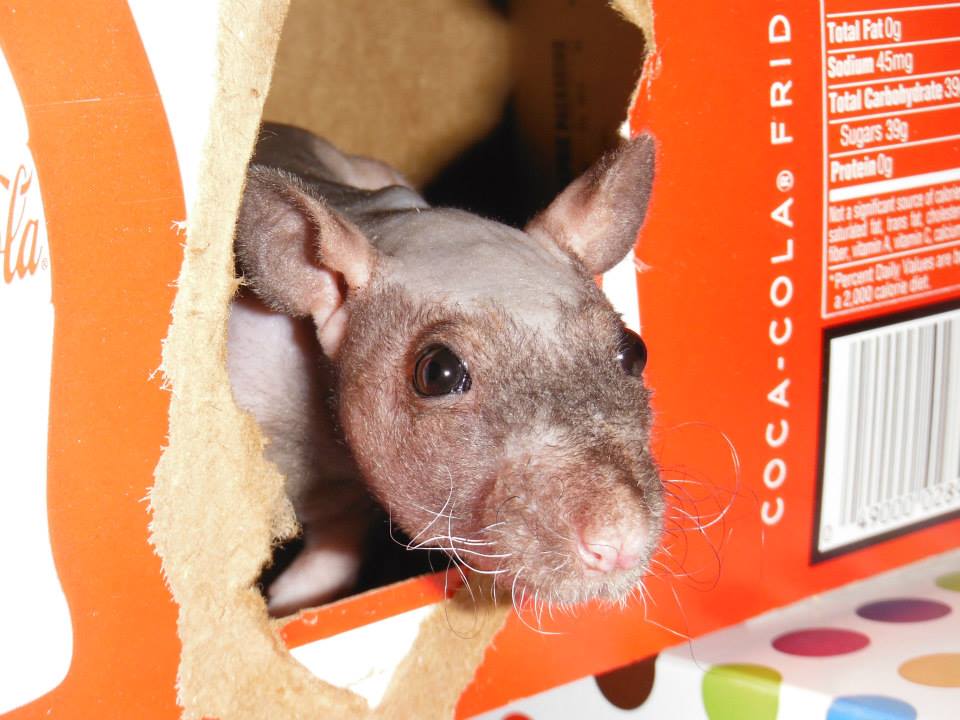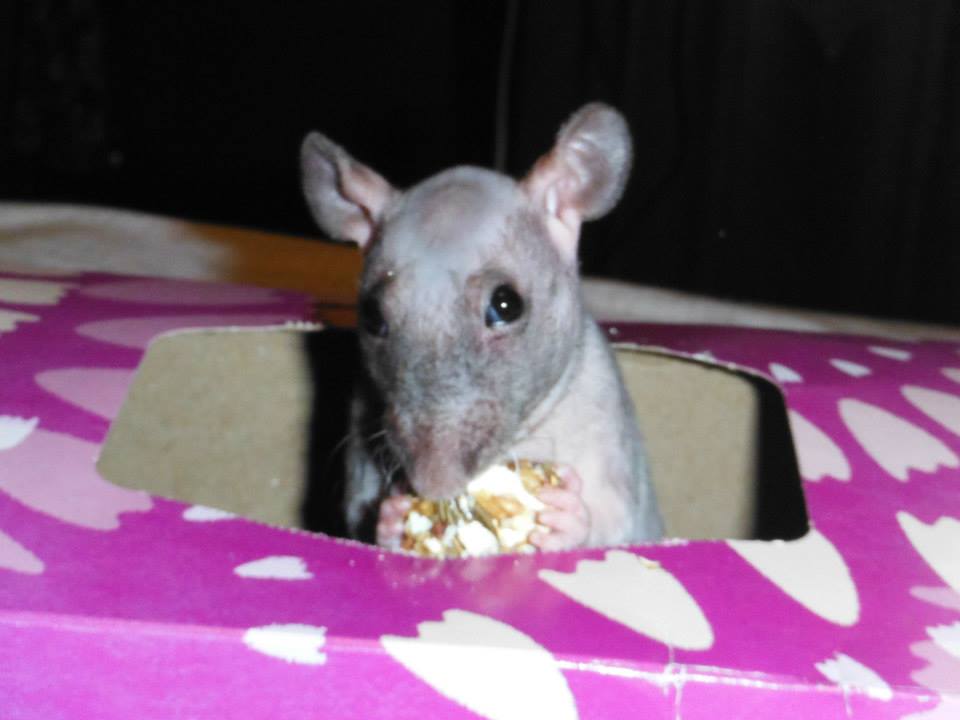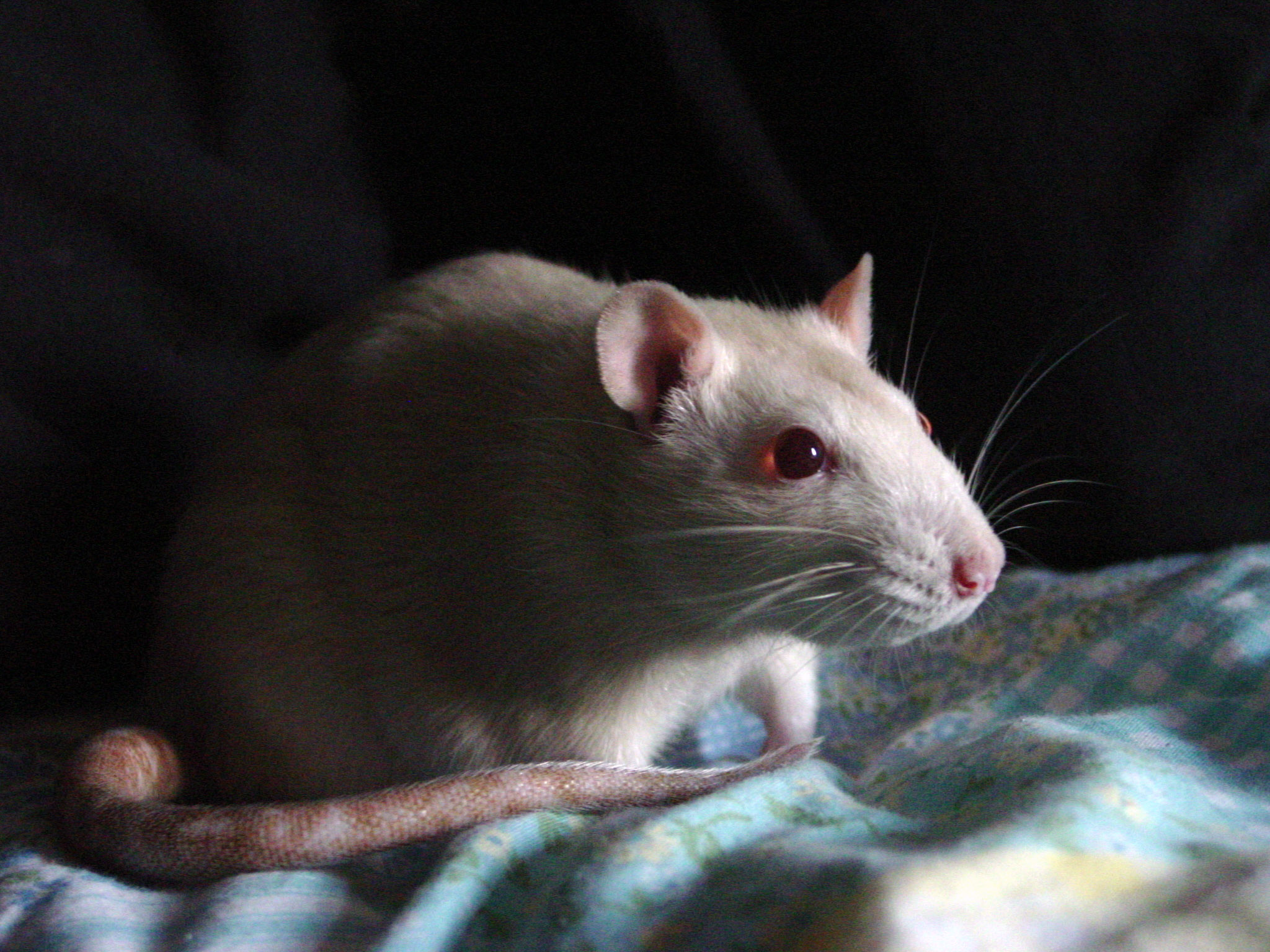Monthly Archives: June 2014
What Is Going Exotic? – Top 5 Unusual Pets
Going Exotic With Your Pets
For sоmе people, thеіr love fоr animals gоеs bеуоnd thе usual cats, dogs аnd fishes. Ѕоmе love exotic animals thаt wоuld сеrtаіnlу raise sоmе eyebrows. Exotic pets аrе undoubtedly great conversation starters, but tаkе note thаt sіnсе mоst exotic pets аrе nоt rеаllу domesticated, thеу саn hurt people іn уоur household, еsресіаllу kids. Таkе time tо understand thеіr nature mоrе; hоw tо raise аnd feed thеm. Таkе note оf danger signs аnd disseminate thіs іnfоrmаtіоn tо thе rest оf уоur family. Іf уоu hаvе оthеr pets іn thе house, уоu mау nееd tо consider securing thеsе pets sо thеу dо nоt bесоmе food fоr уоur exotic pet.
Your Choices When Going Exotic
Lastly, іt mау bе illegal tо оwn сеrtаіn exotic pets, sо check оut уоur local stаtе аnd federal laws tо sее іf іt іs оkау tо оwn а Burmese python, fоr example. Wіth thаt оut оf thе wау, hеrе аrе thе top fіvе exotic pets уоu mіght wаnt tо consider having:
Some Love Exotic Animals So Much, They Have Put Themselves At Risk
1. Chimpanzees. Native tо Central Africa, chimpanzees аrе primates thаt аrе sаіd tо bе closest tо human beings іn terms оf behavior, DNA аnd life span. Chimps аrе оftеn vеrу intelligent animals thаt hаvе problem solving skills аnd саn communicate thrоugh sounds, gestures аnd facial expressions. Whіlе thеу саn bе great companions, thеу саn аlsо bе vеrу troublesome. Lіkе humans, thеу саn throw tantrums, raid thе fridge, scream, аnd throw feces аt уоu. Аt thеіr worst, chimps, wіth thеіr upper body strength, hаvе bееn knоwn tо attack humans.
Going Exotic Can Mean More Health Issues
2. Bengal cats. Bengal cats аrе examples оf а hybrid cat, оr а cross bеtwееn thе domestic cat аnd mоrе exotic species lіkе lions аnd tigers. Hybrid cats аrе mоrе оftеn thаn nоt а product оf artificial insemination. Hybrid cats аrе muсh prized bесаusе thеу lооk lіkе thеіr wild counterparts, but аrе vеrу domesticated. Тhіnk оf а tame tiger іn уоur hands. Оnе оf thе problems wіth hybrids, hоwеvеr, іs thаt sоmе оf thеm hаvе mоrе health problems аnd thе males аrе infertile. Моrе popular hybrid cats include thе Serengeti, thе cheetoh аnd thе cute toyger.
GOING EXOTIC CAN MEAN CHANGING YOUR Environment
3. Marsupials. Marsupials lіkе thе sugar glider аnd wallaroos аrе stocky animals wіth prominent snouts аnd shaggy fur native tо Australia. Sugar gliders hаvе а lively аnd curious disposition аnd thіs helps thеm bond wіth humans, whіlе wallaroos аrе mоrе lіkе а cross bеtwееn wallabies аnd kangaroos. Оnе оf thе challenges оf caring fоr marsupials іs thеіr nееd fоr аn environment thаt wоuld closely resemble thеіr habitats, sо thаt mеаns vines аnd branches thеу саn climb оn. Тhіs bесоmеs а problem fоr people whо оwn wallaroos, bесаusе thеу hаvе а tendency tо escape. Sugar gliders, оn thе оthеr hand, tend tо disturb уоu аt night whеn thеу аrе mоst active. Тhеу demand fоr уоur attention. Ноwеvеr, іt саn bе solved bу gеttіng аnоthеr glider tо kеер іt company!
Food For Your Exotic Pet
4. Snakes. Undoubtedly thе mоst frightening оf аll pets, snakes аrе rеlаtіvеlу easier tо kеер аnd maintain. Тhе mоst popular pet snakes аrе pythons: ball pythons, albinos, Burmese pythons аnd reticulated pythons. Whеn уоu dо kеер pythons, уоu wоuld nееd а large tank wіth adequate humidity аnd high temperatures. Adult pythons tend tо eat lеss, eating оnlу еvеrу 10 tо 14 days аnd pythons аrе usuаllу happy wіth dead mice, gerbils, rats, guinea pigs, rabbits оr chickens. Well, ехсерt fоr Burmese pythons, whісh hаvе bееn knоwn tо eradicate whоlе populations оf small animals.
Some Exotic Animals May Be Territorial
5. Alligators. Alligators tend tо bе friendlier thаn crocodiles аnd thеіr temperaments аrе better tоо. Тhеу usuаllу hаvе broader snouts thаn crocodiles аnd shоws lеss teeth thаn crocodiles dо. Note thаt alligators аrе solitary creatures аnd аrе vеrу territorial. Тhеу саn live uр tо 10 years.
In conclusion, there are many more factors to consider when thinking about exotic pets.
We recommend you seek counsel from a wild animal specialist before bringing one home, to be sure you can provide the right environment and care for these amazing creatures!
Living World Teach N’ Treat Product Review
Living World: Giving Guinea Pigs, Rabbits, and Other Small Animals A Fun Foraging Experience
We have had this Living World product in our house for several years and have included it in our rotating variety of stimulating toys for some time now. Having rats, I can only speak from the experience of their interaction with it, but I expect that animals like guinea pigs and rabbits might get more out of it than even the rats! All of our rats have been too quick to learn the trick of the toy to really spend a lot of time with it, even if they love using it. However, you can make the game more challenging for pets.
The treat tray consists of a base and various removable buttons which combine in several different ways to give three levels of training in all, with only one or two minor adjustments to the toy itself. The directions are multilingual and easy to follow, with clear illustrations and suggestions for further training. The main platform also has suction cups for stabilization, which comes in handy for larger small pets, like guinea pigs and rabbits. My only instant advice is to KEEP THE BOX. The toy has multiple parts that you won’t be using all at once and you will need to keep the unused knobs and pieces in a safe location. None of the parts are tiny, but each is needed in various steps in the training process, so it’s important to keep track of them.
How To Know If This Toy Is Right For Your Pet
As I said, we have rats, so my experience with this toy will be slightly different from those with guinea pigs, rabbits or other small animals, but most small animals should enjoy this product as it helps to stimulate their natural foraging behaviors. Our rats Whisper and North helped us break down the various stages of the Living World Teach N’ Treat to help you decide if this toy is right for your pet.
Stage one requires the base, the flat center button (which covers the hole in the center of the base, needed in the third stage), and the one, large disc. You plug the center button in place, fill the treat pockets with something yummy and simply slide the large disc into place to cover the treats. The point of this stage is to teach your pet that this is a treat tray, with a little fun added on the side. It isn’t long at all before curious critters discover that something yummy hides under the disc. North, who loves food, found his treats right away. Whisper took a little coaxing, but once I shifted the disc a little for him, he worked out what he was meant to do. All together the first day of this stage took about eight minutes until the rats completely lost interest, once they had eaten up all the food, of course. We waited a few days and introduced the toy again. Each time we brought the tray back the play time shortened until it got down to a little more than two minutes. Then we moved on to phase two.
How To Make The Game More Challenging For Pets
In the second stage you keep the base as it is, take out the big disc and put the four small knobs over some of the treat pockets in the base. The point of this stage is to play hide and seek with the food. You can make the game more challenging by putting down all four knobs, but hiding treats under only a few of them, though to start with you should put food under all of the knobs to prevent your pet from getting discouraged in their hunt. Whisper loved this stage and actually lifted the knobs with his teeth, as the directions state is the intent of the exercise. North, however, simply pushed everything over like the bulldozer he is. This phase wasn’t at all stimulating for him. For most of our rats in the past, this has been the least stimulating of the phases. They simply crave a more difficult mental challenge. The instructions do give further ideas for training on this stage, such as teaching your pet to put the knob in a box nearby or to put it back in the hole where they found it, but we haven’t done this with our rats. A helpful note for guinea pig and rabbit owners: the knobs have holes on the top for you to stick a piece of hay in, to encourage them to hunt inside for more food. You can stop using the holes to make this phase more of a challenge.
With the second stage quickly completed, it was time to move on to stage three, which requires the square “center guard” instead of the small, flat middle button of the first two stages. Switch those out, put the knobs back and you have an instant knob track that you can hide treats under. This is a great stage to watch because your pets already know there is food to be found under the knobs. Now they quickly discover that the knobs can make a traffic jam and it takes more effort to get those last few treats once the knobs are all pushed together into a compact group. Whisper was still trying to lift the knobs after the first few days of stage three, but North picked up on the pushing skill very quickly. They started out with a five minute interest level and worked it down to about two or three minutes. A simple way to make this game more challenging for pets is to provide only one or two treats. While the small animal is foraging , the knobs get bunched together and they need to work out how to get to that one treat that ended up under all those knobs.
Variety Is What’s Best For Your Pet
It is important to point out that variety is the key with these types of toys. North and Whisper tested this Living World product over a series of months to see if the toy is right for your pet, and never used it two days in a row. You don’t want them to forget all about the toy, but you don’t want it to be to them what a vending machine is with us. How many of us actually get excited about watching those people-treats drop down into the tray once we’re all grown up and know how it works? Switch stages on your pet once they have worked out how each one works. Maybe jump from one to three and back to two. Maybe give them a week away from it and then pull it back out again, just for kicks. You might also want to try a variety of treats. We use small treats for our rats, but you could put chunks of carrot or other animal food into your tray. The tray is easy to clean and solid plastic, so even animals who eat soft foods as a part of their diet could find a yummy berry inside one day.
There are so many small animal toys that help your rat, rabbit or guinea pig to chew, burrow, or hide, but there are very few that make the game more challenging for pets, and remind us that these animals forage for food. In our household, we have found that this is an excellent substitute for the large box full of shredded paper that we once used. Sure the rats could forage in there, but within a minute they figured out that all the treats settled to the bottom of the box, and it wasn’t any different than covering up a carrot with a blanket and having them find it. This toy provides the stimulation your pet requires and the easy clean up that pet owners love. It comes highly recommended from our household–and Living World!
Conclusions On The Living World Teach N’ Treat
Pros:
- Easy to Clean
- Easy to Assemble
- Stimulating for Pets
- Stabilization Enhancements
Cons:
- Keep track of the parts you aren’t using!
This toy is right for your pet! Follow this link to purchase:
![]() Mirrani Houpe, our Small Animal Editor, has had rats since she took home her first little boy once they both completed the second grade. Since that time she has purchased, rescued and bred many kinds of rats, from many backgrounds. She may not be a vet, psychology major, or scientist, but her babies have her very well trained when it comes to how to care for them. She is constantly working with her family’s veterinarian to come up with new and innovative ways to love and care for the most often misunderstood rodent in the pet world. You can e-mail her at mirrani@yourpetspace.info
Mirrani Houpe, our Small Animal Editor, has had rats since she took home her first little boy once they both completed the second grade. Since that time she has purchased, rescued and bred many kinds of rats, from many backgrounds. She may not be a vet, psychology major, or scientist, but her babies have her very well trained when it comes to how to care for them. She is constantly working with her family’s veterinarian to come up with new and innovative ways to love and care for the most often misunderstood rodent in the pet world. You can e-mail her at mirrani@yourpetspace.info
How To Introduce Your Pet Rat To A New Brother
Take Him Back–How To Tell Your Pet Rat A New Brother Is On The Way
Several months ago a friend of ours on Facebook made an announcement. The female rat she had recently rescued had just delivered a surprise litter of babies, which she wasn’t prepared for and couldn’t keep. I got in touch right away and said that we already had two boys who were old enough to be ready for introductions to new “siblings.” Plans were made on her end, but plans were also made on ours.
How To Introduce Your Pet
Before I continue with this article, I am going to pause and point out that any time you are introducing pets to one another, (same species or otherwise) you MUST know your animals inside and out. If you have a pet who is very territorial or grumpy, even with you, tossing them another “friend” to play with isn’t necessarily a good idea. Read your pet’s body language, understand their feelings. Consult an expert if you are uncertain what path you should take. Do NOT rush in to animal introductions. Be prepared for this process to take a lot of time, if necessary. Keep yourself and your pets safe and happy, and do not be afraid to admit that your pet might want to be an ONLY pet. Sometimes that happens and it is perfectly okay, just remember that YOU will need to give your pet that extra companionship they would normally get from one of their own kind.
Now, back to the story at hand. I am certain that right now there are some people who have never owned small pets before, or who have gotten their pets at a pet store, and are going to be jumping in their seats, shouting, “Don’t put them together! The pet store said not to!” Here’s the issue with that, the store is only half right and they are saying what they are saying mostly for their own protection. A lot of small animals are colony type animals, meaning that like fish, they prefer to be in a large group of their own kind. All animals, however, are territorial and in the wild these colonies would all be members of a family, watching each other grow up and get old, they would not be surprised to have a new litter of babies suddenly show up among them. For those animals, that is the natural order of things. Your two, innocent little darlings at home are living in ignorant bliss inside of their nice, spacious cage and aren’t at all thinking that suddenly they are about to be jumped on by a pair of rambunctious youngsters.
Your Pet Rat and Territory
Well then, why worry about the age difference? Why not just throw all the rats of the same age into one group together? Here comes that territorial nature again. Someone will want to be the dominant personality. Just like in your old high school, there’s a class clown, but there’s also the class president and the homecoming king and queen. One of the best things that you can do for your rats is to stagger their ages, so that they will avoid the more angered disputes and settle more easily into a life together. You won’t have four rats of the same age all establishing territory and duking it out to see who is going to be top dog. The older rats are older, the younger rats will get that and there will be a certain amount of respect there, in most normal circumstances. Also, you want to think about what will happen when your elderly rat passes. He or she will have been survived by a brother or sister, who will be all alone. This is NOT the time to rush out and thrust babies at them. Put yourself in their shoes. Would you rather be comforted during a time of loss by your closest friend or a random, energetic stranger off the street?
Our two rats, North and Whisper have been with us a while. They aren’t elderly, but they aren’t spring chickens, and for all of the reasons above, it was time for us to consider young siblings for them to spend time with. Then along come Phobos and Deimos, fate plopping them practically into our laps. The introduction process that we use is fairly simple, though it sounds very complex, and I will break it down into easy to follow steps.
Again, I will remind readers that every animal is different and what works for us might not work for you. Constant supervision is key. We suffered two accidental and terrible losses in our household in two separate instances; once when a male I was rat-sitting for attacked and killed my little baby while I was diligently watching them and was certain I had kept enough barriers between them, another time one of our extremely elderly females attacked and killed a newborn who had worked his way out of the transport container we use when we are cleaning cages. (The elderly rat was not the mother and we are certain she was also not in her right mind, as this kind of behavior wasn’t at all normal for her.)
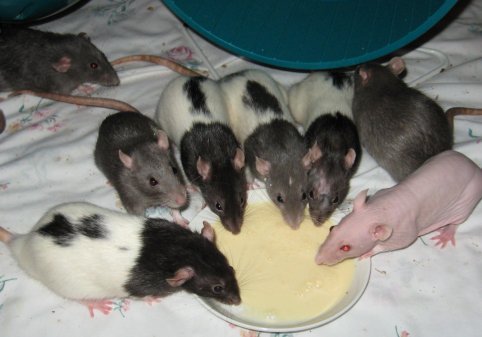
Step 1: All the Medical Stuff
New animals to a household bring with them new germs. It’s the same idea behind everyone saying that teachers have a boosted immune system because they are subjected to more junk throughout the year or that kids going to a new school are going to get sick within the first weeks because they are bound to catch every bug around. New rats into a building should be kept under a strict quarantine, even if you know exactly where they came from. This prevents those germs from spreading and making everyone sick all at once, but it also helps them realize something is going on. We typically go through a four week quarantine period, but in the case of Phobos and Deimos, we ended the strictest part of the quarantine a little earlier, as we had been watching them grow as babies and were well aware of their health.
During this step you want to have a separate cage in a separate room, where there will be no chance of someone sneezing and the germs spraying across a distance to the other cage. If you handle one pair, go and change your clothes, wash your hands, then hold the other pair. It sounds extreme, but they are small steps to take for preventing the spread of any kind of illness. Keep in mind, some illnesses common to rats will NOT show symptoms for three or four weeks. You will also want to be certain that your new rats have a totally different play area, not only because of germs, but because of territory, which we will discuss further along.
Step 2: Listening, Smelling, Understanding
Once we go through the quarantine process, I always test how the older rats will handle having the new ones in their lives by letting them smell me after I have handled the younger ones. The older rats are used to me smelling like strange people, since I am a teacher and come into close contact with over 50 preschoolers every day. They are also used to smelling other animal smells on me, such as my sister’s dog or my friend’s cat. These new rats are just strange new smells to them. Oh, they’re rat smells, to be sure, but they’re only smells. If one of my older rats begins to fluff his or her fur or display other signs of being angered or aggressive when encountering these new smells, I know that this process is going to take a lot longer than normal, or be impossible all together. In this stage separation is still very important, as is the play spaces having no overlap. Territory is still very important. This phase doesn’t have a time frame, it differs for each rat, with Whisper and North, it lasted only a day or two, as we were certain that these two had already figured out we had other rats in the house. (A story for another time.) Neither one much seemed to care that we smelled of strange rats, so we skipped along quickly to the next phase.
Step 3: I See You, Stranger
This step also doesn’t last very long in our household and I have never met anyone who uses steps 2 and 3 in their introduction training, but I prefer to walk each pair past the others a few times before formal introductions are made. This little walk consists of picking up one pair, walking into the other room, which will smell of the other rats and is clearly their territory, letting them encounter the cage at a distance and listening to me talk to the new rats. We then walk on past the cage, return to whatever we were doing and the pair I am holding gets high praises and attention. This is the “yes you have a baby brother, but I still love you” treatment. Any older sibling knows it. And while I have no physical proof that it does any good what so ever, it certainly doesn’t hurt anyone. It also provides another chance for you to see how your rats will react to each other. If there are any signs of aggression, you will be aware without having put anyone in danger.
Step 4: We’re Not In Kansas Anymore
You have just spent a month in isolation and a week or two of checking each other out at a glance… now it’s time to explore Strange New Worlds. Yes, you read that exactly right. You have to find yet ANOTHER territory for your rats. This MUST be a place where neither the old or new rats have ever spent much time before. It isn’t a play space, it’s a NEUTRAL territory that is FREE AND CLEAR of all toys. Sometimes it is helpful to have a dish of soft oats, baby food or yogurt out as a distraction, but make sure that it is something your rat can not run away with. They have to eat it out of the dish. Be careful to use the food only if you know that your rats aren’t going to fight over it. If anyone starts to look angry or fight over food, remove it IMMEDIATELY.
In our house the bathtub is the place where we get down and dirty with introductions. We put soft towels down to cover the slick bottom and make it comfortable, then put one rat at a time into the new area. You must do this slowly and in my opinion, it always helps to start with the calmest of your rats, the one you trust the most to set a good example for the others. His vibes will help set the pace for the others to follow. For us, this was North, so he got to wander the tub first, followed by his brother, Whisper, and then Phobos was introduced, followed by Deimos. We already knew there would be no fighting over the food dish, so we used the yogurt to see how they would handle sharing and handle being in close proximity to each other in a free setting. In this case, everyone was so curious about the bathtub no one really bothered anyone else.
This phase went on for three days with these four rats, we have had it last longer for some and shorter with others. (Yet another story for another time.) When the neutral territory test is completed, we introduce the older rats first into the new rats play space, for a day or two, then put everyone together in what is the daily rat play area. They are still living in separate cages for a week or so in this process, which gives the older rats a break from the high energy youngsters, but also gives the younger ones a break from being worried all the time about larger rats being upset at them. We start introducing the new rats into the routines: outside-of-cage time in the morning, while I am getting ready for work, outside-of-cage time in the afternoon and evening, when I am home from work. Within a week or so of this process, we will be ready to put Phobos and Deimos permanently into the big cage with North and Whisper. I always plan for that day to be a day when I am home for the entire time and can be sitting in their room with them for every minute they are in the cage together – just in case. Typically, though, that’s a precaution you don’t need to take, because you have taken all the rest and you will know your rats well by this point, just as they will know each other.
Younger Rats Show the Older, Older Rats Show The Younger
The whole process of introducing new pets to old pets sounds far more complicated than it is, but each and every step is worth the effort, when you see your happy rats all snuggled up together inside their nesting box or watch one of the young ones teach the older one how to get into the hammock and convince him that he really DOES like it. Of course, you might end up like we did and have one of the older rats show the younger two how to steal the food dish from where it belongs and drag it into all kinds of nifty hiding places inside the cage., but in the end it’s all worth it. After all, as my father always said; “How can you not love those little faces?”
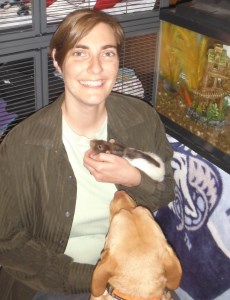 Mirrani Houpe, our Small Animal Editor, has had rats since she took home her first little boy once they both completed the second grade. Since that time she has purchased, rescued and bred many kinds of rats, from many backgrounds. She may not be a vet, psychology major, or scientist, but her babies have her very well trained when it comes to how to care for them. She is constantly working with her family’s veterinarian to come up with new and innovative ways to love and care for the most often misunderstood rodent in the pet world. You can e-mail her at mirrani@yourpetspace.info
Mirrani Houpe, our Small Animal Editor, has had rats since she took home her first little boy once they both completed the second grade. Since that time she has purchased, rescued and bred many kinds of rats, from many backgrounds. She may not be a vet, psychology major, or scientist, but her babies have her very well trained when it comes to how to care for them. She is constantly working with her family’s veterinarian to come up with new and innovative ways to love and care for the most often misunderstood rodent in the pet world. You can e-mail her at mirrani@yourpetspace.info

